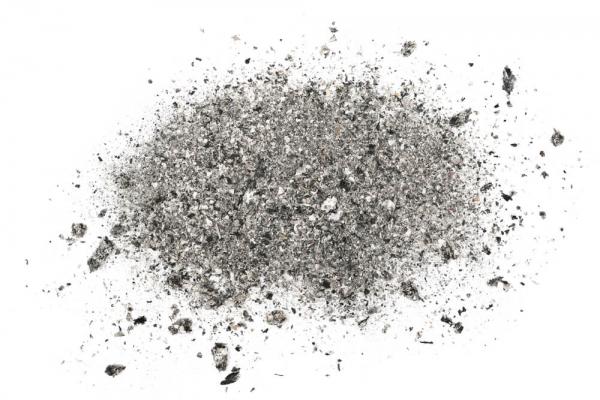Mar 5, 2019
Scripture reminds us that we’re formed from the dust of earth and thus bound intimately to all creation. Science describes how in our elemental form, we’re made of the same stuff as everything in the universe. Yes, we’re earth dust and star dust, too. Everything follows a path of endless transformation.
Read the Full Article

Already a subscriber? Login
